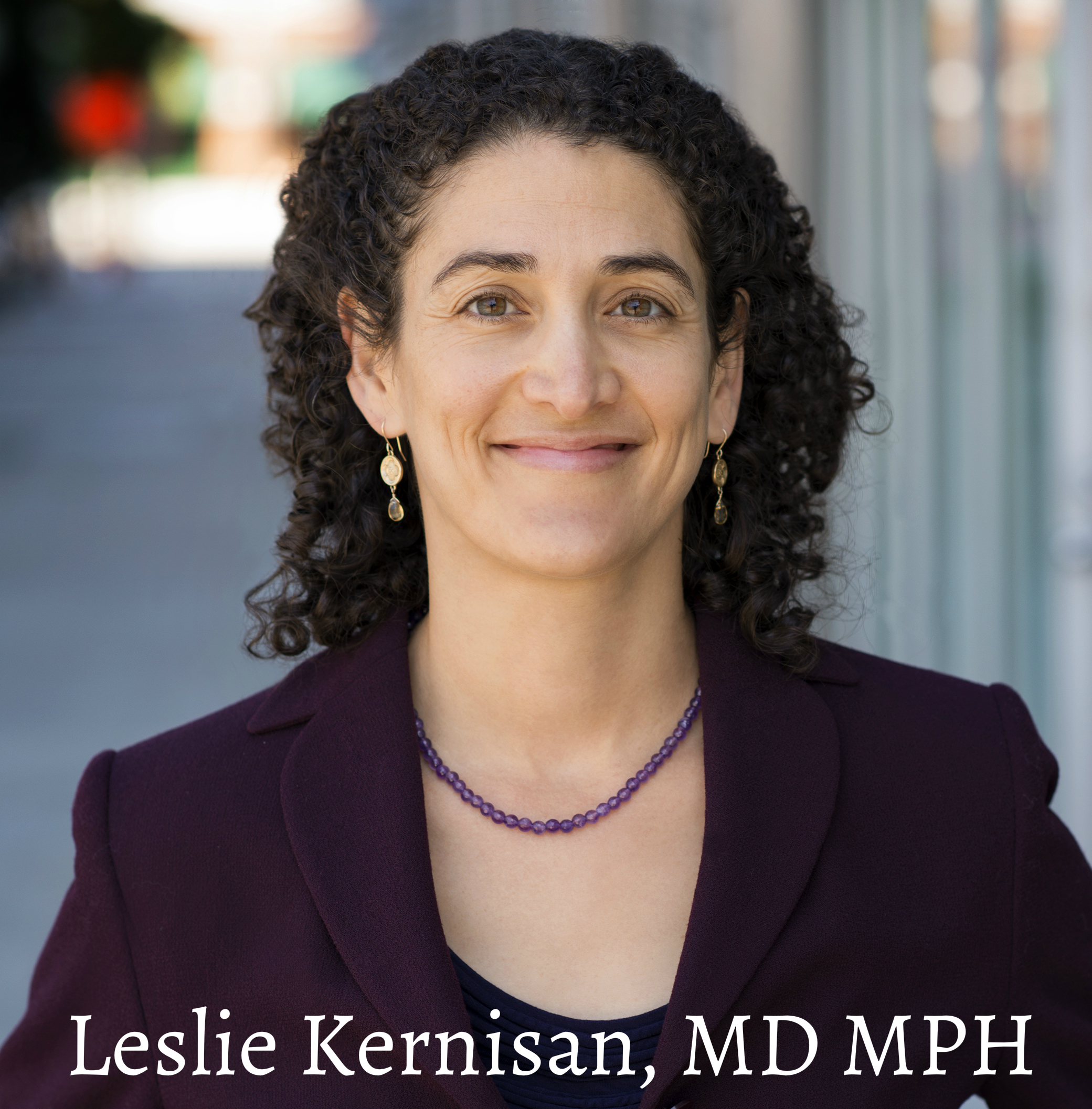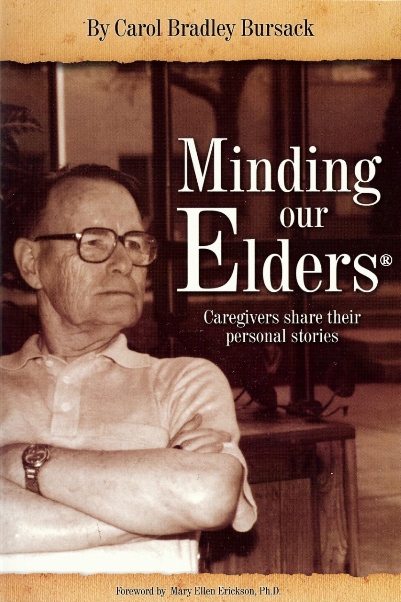Confused About Palliative Care Vs. Hospice Care? You Aren’t Alone
Dear Carol: My mom has advanced lung disease as well as late-stage Alzheimer’s. We know that there are no cures for either of her current conditions, but the doctors don’t seem to have any useful answers for me when I ask about how I can make her life better at this stage. She has an inhaler for her lungs, but they don’t seem willing to prescribe medications or advice other than keep her comfortable. Well, how do I go about that? Should she be on hospice? I’ve heard of something called palliative care, but I don’t understand it and no doctor has mentioned it. Can you help me? – CV
Dear CV: I’m sorry about your mom’s health. We can feel so helpless when we watch a loved one suffer, especially when the doctors to whom we look for advice seem to give up.
Palliative care and hospice are related in that they both provide comfort care. The difference is that palliative care is for people who need comfort care while they are being treated for their medical diagnoses. Palliative care is delivered by a specially trained team of health specialists who provide quality of life for the patient as well as the patient’s family.
For instance, if someone has cancer and they need emotional support, pain management, and stress relief they should be able to receive palliative care. In fact, palliative care began as a focus on helping cancer patients, though now it has been expanded to help in many other circumstances, often even in the later stages of dementia.
Unfortunately, palliative care doesn’t get the attention that it should when it comes to caring for older adults, even from many doctors. Let’s take a look at both programs to help clarify the differences for you. Then you can talk directly with your mom’s physicians to see if one of them can help get her started with the best option for her at this time.
Palliative care
Palliative care can be offered alongside curative treatments like chemotherapy in a clinic, hospital, or home setting. Smaller community hospitals may not offer the full service of larger hospitals, but – sometimes after some encouragement – most will try their best to offer what they can.
A common arrangement for your palliative care team would include both a doctor and a nurse trained in palliative care. Additionally, a specially trained social worker would likely be involved, as well as a non-denominational chaplain or someone who can offer spiritual support.
Does insurance cover palliative care? In most cases, yes, your health insurance should cover at least part if not all the cost.
Palliative care can be provided as soon as a diagnosis is made, or at any time throughout a person’s illness. Many people with chronic obstructive pulmonary disease (COPD), heart disease, or other illnesses that cause chronic pain or discomfort can qualify. Since significant numbers of older adults with dementia also suffer from chronic pain from arthritis and other conditions as well as those mentioned above, many of them qualify for palliative care, as well.
Remember: Palliative care provides relief from the symptoms of diseases and/or treatment side effects, as well as help with emotional and spiritual issues. While palliative care isn’t curative, it can be used alongside curative methods such as blood pressure, heart, and lung medications, as well as chemotherapy.
Hospice care
While hospice care is covered by insurance, to qualify for hospice care a person must have been certified by the doctor as having a terminal diagnosis that has a life expectancy of six months or less.
Hospice can be extremely helpful in that it opens the doors to more services for older adults and others who are in an end-of-life situation.
Like palliative care, hospice care focuses on quality of life, often known as comfort care. Hospice provides physical, emotional, and spiritual support to people who are in a terminal condition, as well as for the family.
The major difference between palliative care and hospice care is that with hospice, curative treatment is stopped. This is done because doctors and patients both understand that treatment will offer no more benefits and, in some cases, prolong misery. The idea is that hospice will help people navigate the end of their lives in a pain-free, dignified manner.
People are often afraid of hospice, in some cases because of the language that their doctors use. Too many doctors say, “Sorry, there’s nothing we can do now so you may as well go on hospice care.”
That is misguided thinking. Hospice care is not about giving up. Going on hospice is an active choice that allows people who have been diagnosed as terminal with a pain-free life for the time that they have left. In many cases, they also have time to enjoy family and friends in a setting of their choice. When their time comes, hospice patients die naturally, with dignity.
People often make the mistake of waiting too long to go on hospice. What they don’t know is that many patients improve once they are on hospice care because the often-complicated cocktail of drugs they’ve been taking is now gone.
For this reason, hospice workers say that the most frequent comment they hear is, “We wish we hadn’t waited so long.” The misconception that going on hospice care means giving up is the reason why so many families wait until the last weeks of a patient’s life to obtain help when they could have had several months of care. By doing so, they are missing a lot of available support.
Both programs
Both palliative care and hospice care are often credited with helping people live longer than they otherwise would have. Rather than spending their last weeks or months in agony, they are provided with as much comfort as possible. This time often allows them to enjoy family and friends while they plan for their own life celebration or whatever they choose.
People are free to leave either program if they choose.
Do your research, though. If your community offers several choices among organizations, ask…
Read the complete article about the difference between hospice and palliative care on Egosancares:
Minding Our Elders: Caregivers Share Their Personal Stories. “For anyone having to walk the last segments of life with a loved one, read this.” …Delores
Support a caregiver or jump-start discussion in support groups with real stories – for bulk orders of Minding Our Elders e-mail Carol







